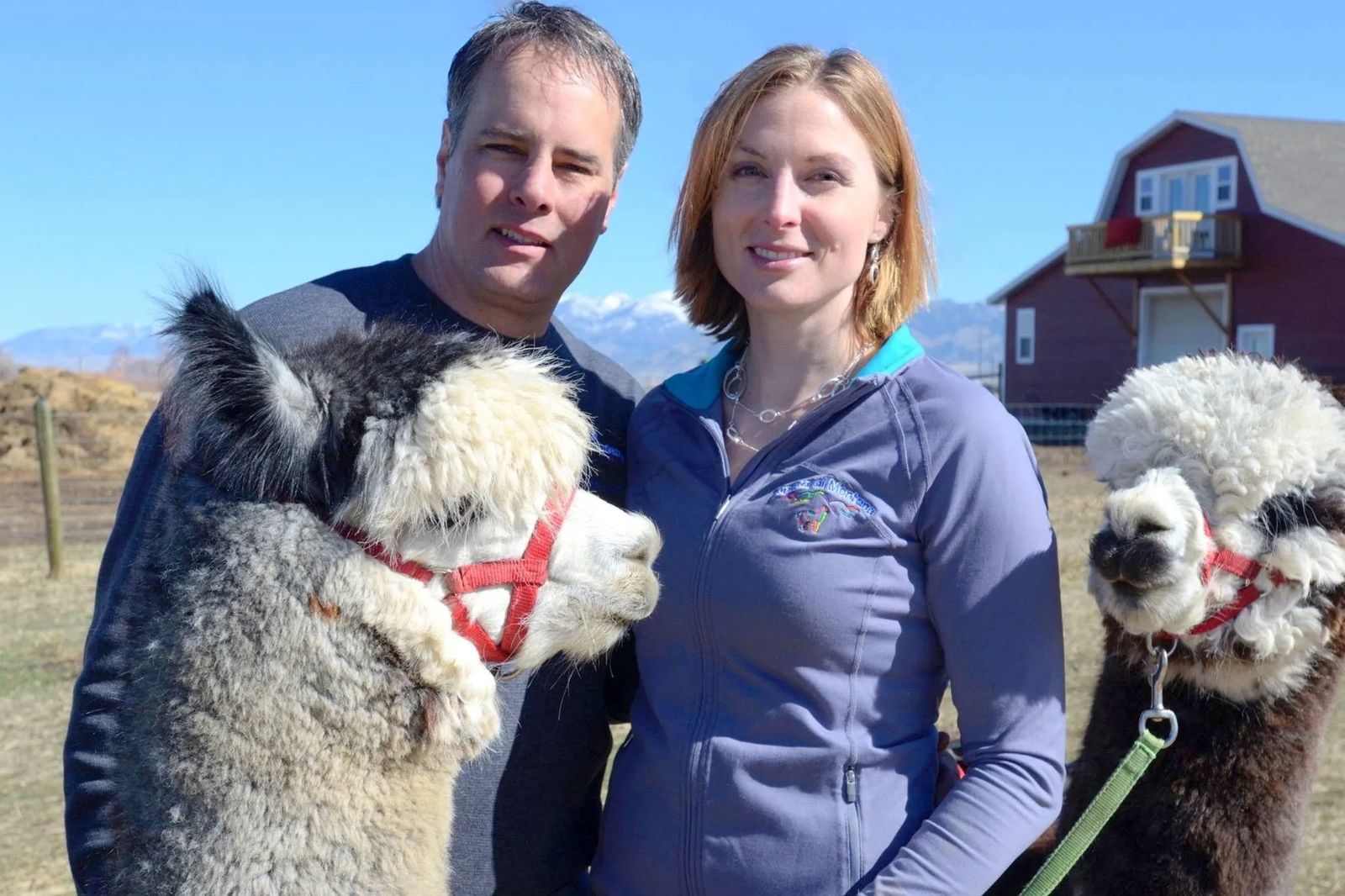
Born, Shorn & Worn in the USA
Alpacas of Montana - the perfect fit for Sarah & James Budd
When Sarah and James Budd of Bozeman decided they wanted to shift their career focuses, becoming alpaca farmers wasn’t even on the radar. And considering Sarah’s background in manufacturing and psychology along with James’ field as an Orthopedic Physician Assistant, it’s no wonder wrangling 150 fuzzy alpacas didn’t initially make the short list.
The Budds wanted their own business, yet none of their initial ideas seemed to really fit their plan. Call it divine intervention or a gentle nudging from the universe, the alpaca idea couldn’t be ignored.
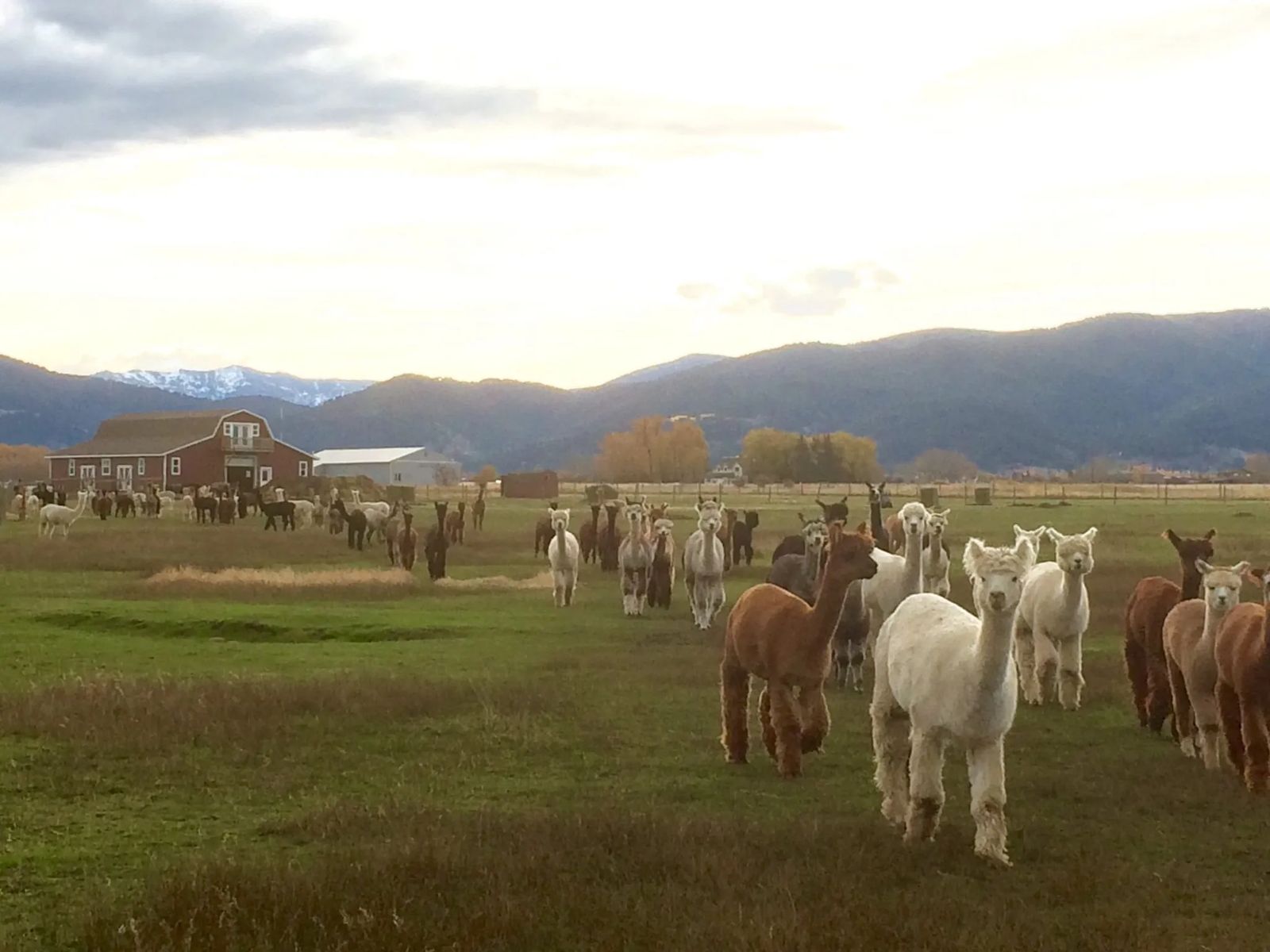
One day an article in the Costco Connection about a couple who raised alpacas caught James’ attention.
Sarah’s initial response was a flat-out, “No.”
The same day, an article on his homepage touted the benefits of raising alpacas. Then his sister sent a flyer, again on the same day, about alpacas. With three alpaca articles in one day, it seemed like the universe was telling them something. They decided they should probably look into it more closely.
“Once James gets on something, he gets really focused,” Sarah says.
To thoroughly conduct research on the possible endeavor, they visited alpaca farms throughout the country to determine how best they could turn it into a viable Montana-based business. When they felt they were ready, they wrote a business plan and took it to the bank.
The banker was less than enthused about the possibilities, yet because they held enough equity in their house, they took out a $100,000 loan and Alpacas of Montana was born. From there, it was up to James to start selling alpacas. “He made 900 cold calls. In the first 6 months we were profitable,” she says.
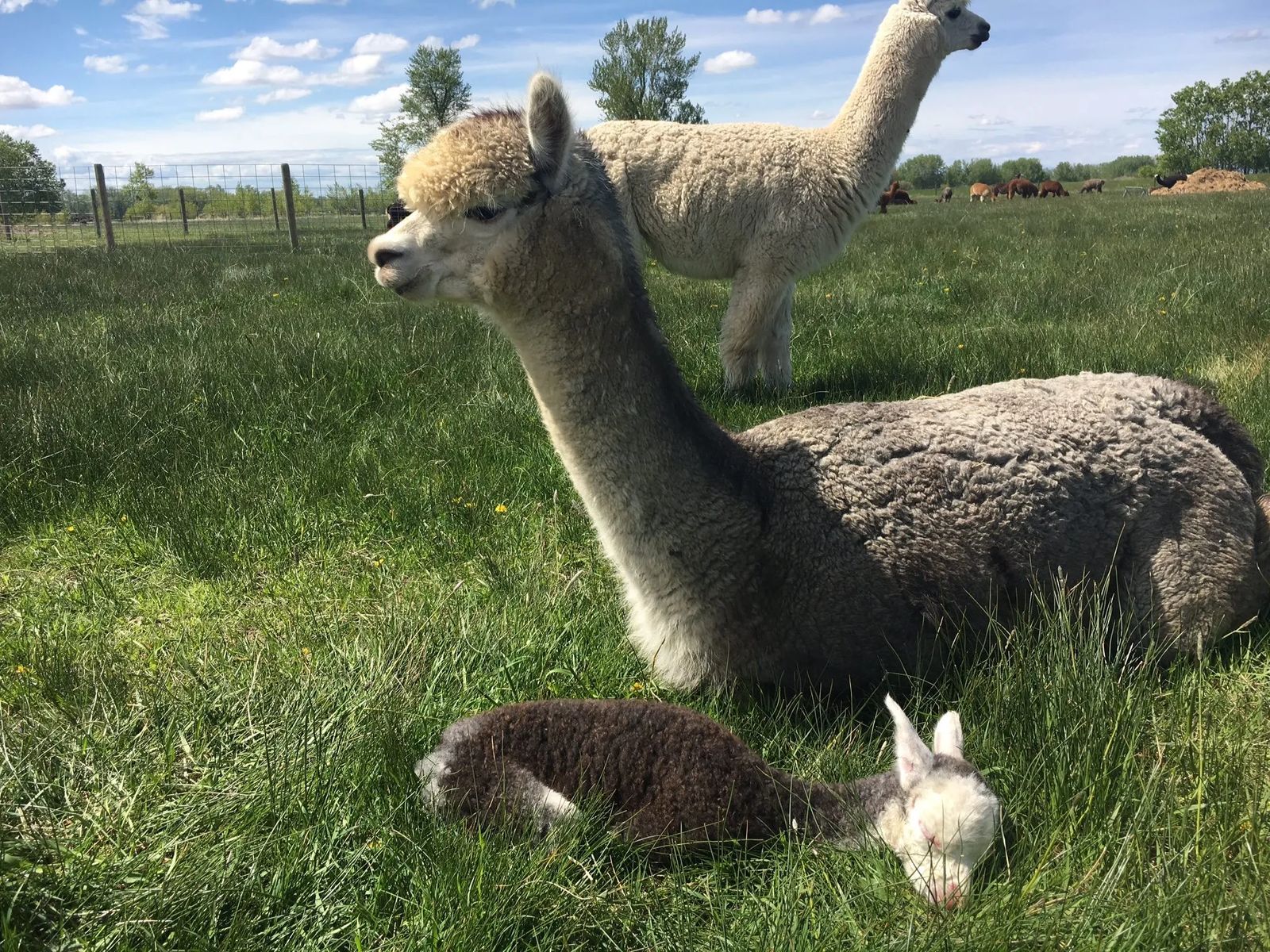
It’s understandable why alpacas held such an appeal. Just from their appearance, they’re outright adorable, and Sarah says they have the personality to match.
“They are the big perk of this job,” says Sarah. “They’re so sweet.” Alpacas are also easy to halter train, which is why they’re a popular choice for the show ring.
Sarah says the alpacas each have their own personalities; some want to be in the middle of the action while others prefer to hang out on the sidelines content to watch. Alpacas also tend to be very familial with aunts, sisters, and friends sleeping and hanging out together.
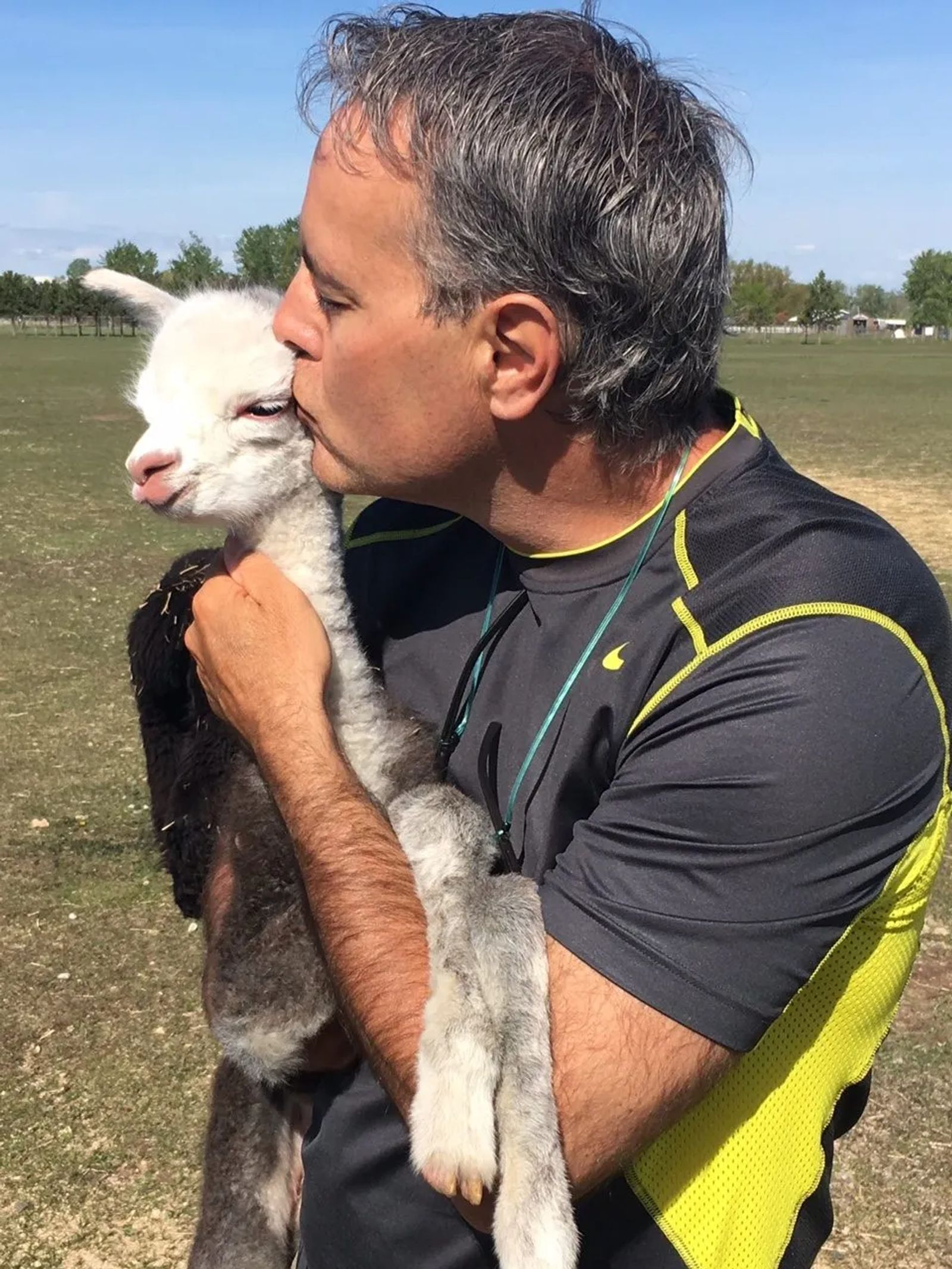
A relative of the llama and fellow native of Peru, alpacas were bred over the ages for the fleece production instead of being primarily a pack or meat animal like the llamas (although some people do utilize llama fiber, too). The result of this focus is a smaller animal, and from its history of living in the high, cold environment, they are very well-suited for Montana winters. They produce a fiber that is ideal for those of us who live or play in this harsh climate.
There are two primary domesticated varieties, Huacaya and Siri, within the alpaca world. The Huacaya are the more popular breed, and have the distinct fluffy-faced appearance, while the Suris’ fleece has a more “dreadlock” look, is straight, very luxurious and has no crimp.
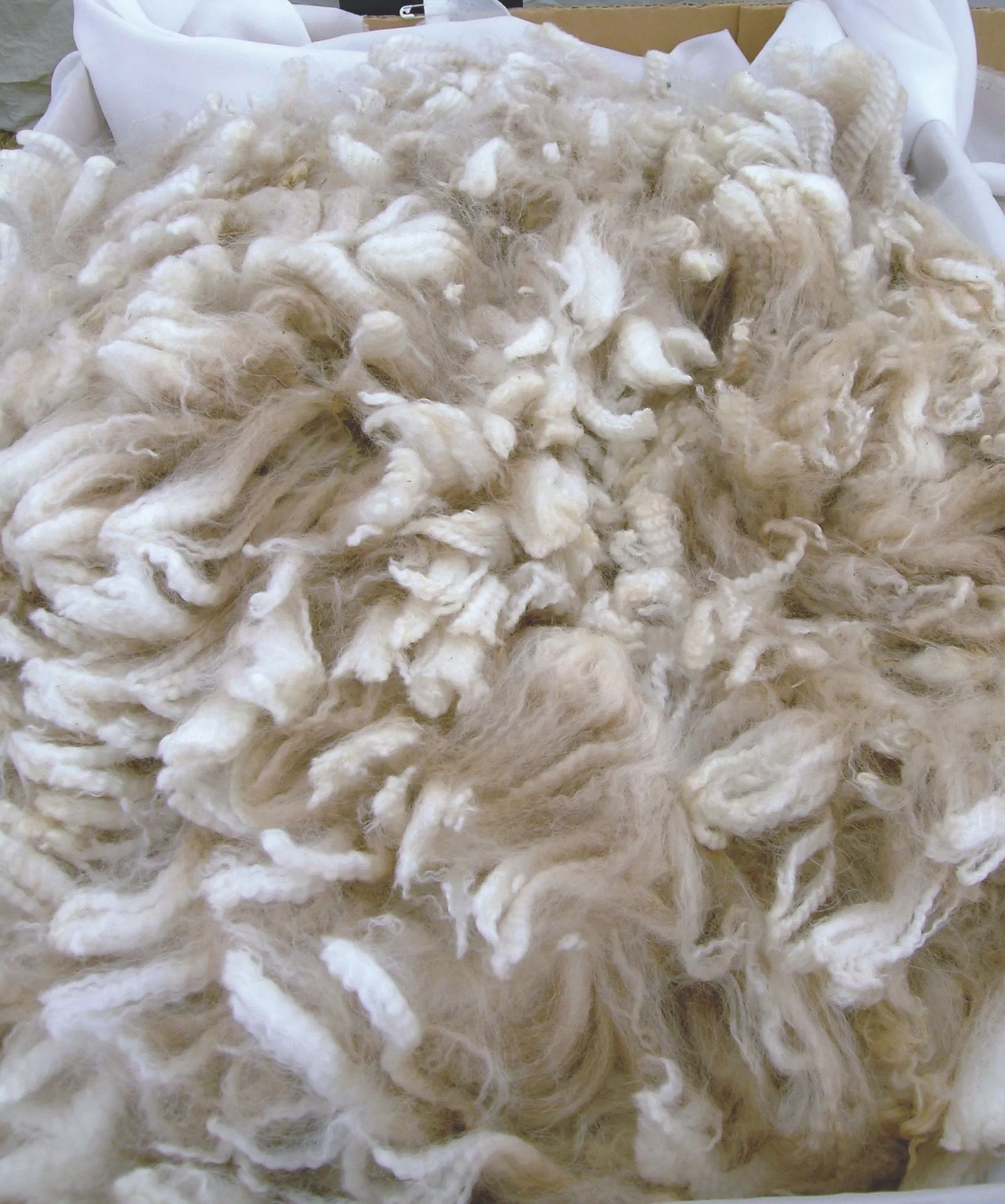
Fiber artists appreciate the exceptional fleece produced by alpacas since it is reportedly 3 times warmer than sheep fleece and as soft, if not softer, than cashmere. The warmth is due to the alpaca’s hollow fleece, similar to polar bear fur, which provides exceptional insulating qualities. As a result, it’s lightweight and extremely cozy. And if you put an alpaca fiber under a microscope, you’ll notice the fibers don’t have scales like wool, eliminating the scratchiness.
The fleece also tends to be very fine. The Budds’ alpacas produce fleece that is 16-18 microns. For those not in the spinning world, this means it is exceptionally soft.
Because of their distinct characteristics, working with alpaca fiber instead of wool is different. Gretchen Wilson of Highwood has worked with fibers from all over the world for decades. “It’s a little harder to learn to spin because it’s kind of slick. Alpaca doesn’t have the little barbs so it doesn’t hang together, as well,” she says. “It is much finer than Merino (wool). It is a very fine fiber, which is why people love it.”
There is more than only spinning when it comes to alpaca fiber uses.
“It felts fabulously. It is a primo felting fiber,” she explains. Felting is a process where the fibers are matted together creating a dense fabric. The beauty of using alpaca fiber is it stays soft and warm making it perfect for hats and other garments.
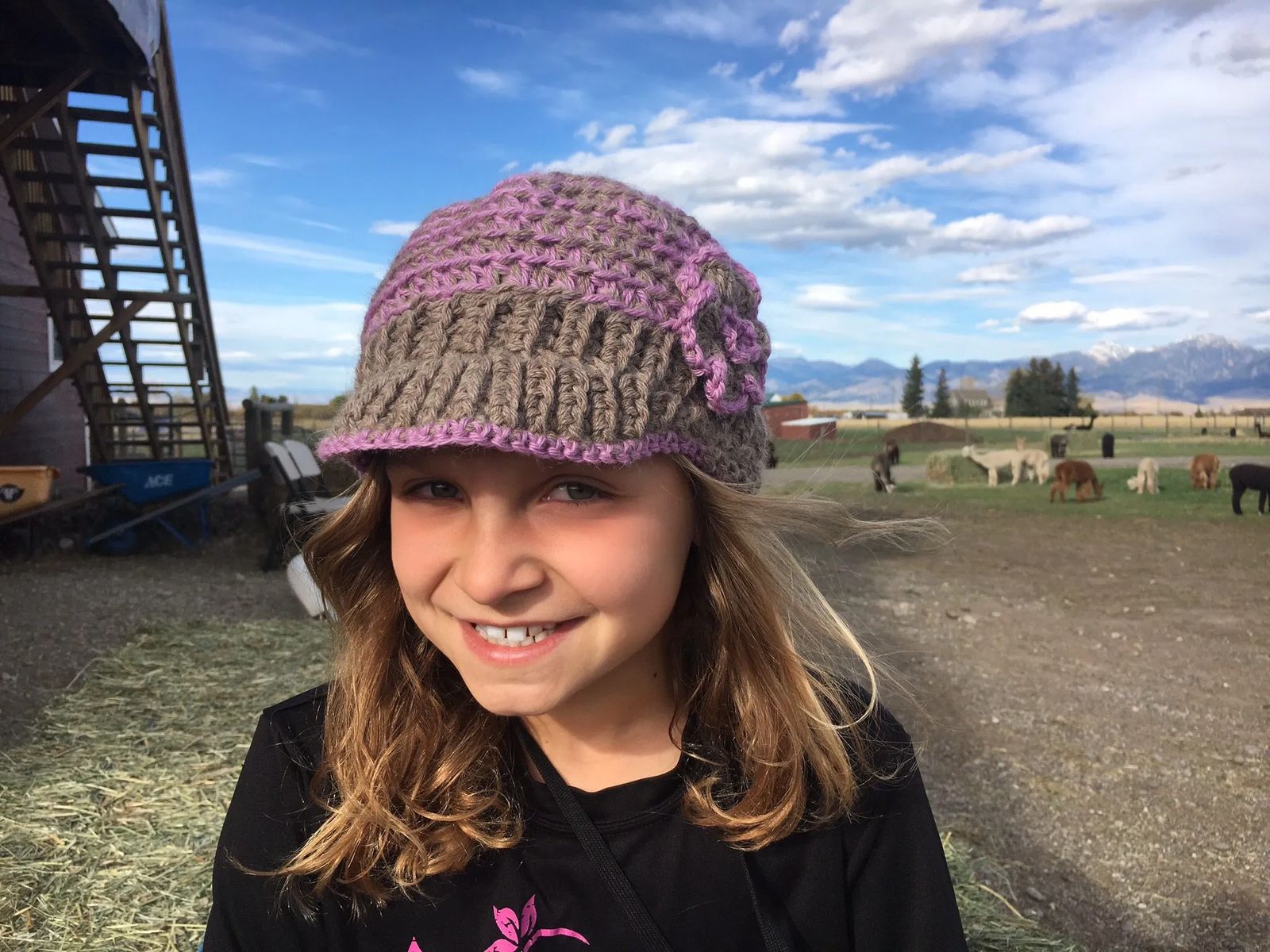
Since they already had a ready supply of gorgeous fiber, Sarah says after a short time in the business, “We started making little hats for nieces and nephews.” Soon they were paying artisans by the piece to create them for an organically growing market of other people who wanted these comfortable, warm pieces of outerwear.
When the recession rattled the economy in 2008, the Budds weathered the storm since they were already diversified. Sarah says the livestock market undoubtedly took a hit, but their fiber products held strong since people were willing to spend their money on quality items.
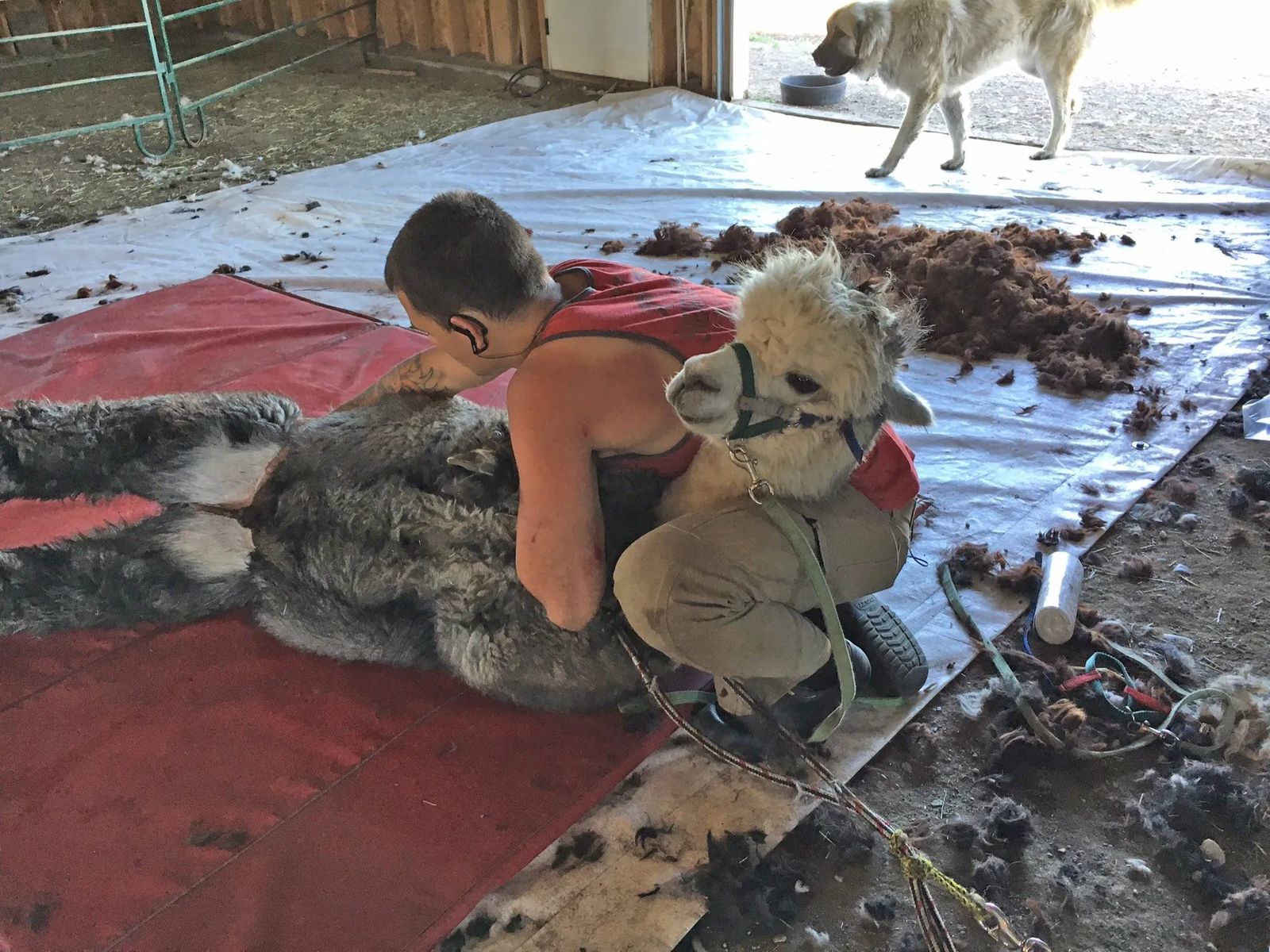
The beauty of what the Budds do is the practicality and versatility of their products, especially for those who spend a lot of time in the outdoors. James, an avid fly-fisherman who fishes all over the world, was tired of having his feet get cold, so he created socks with that in mind. They keep his feet warm and dry with the alpaca fiber’s renowned wicking qualities.
“I like the big wooly socks,” says Sarah. “I’m one of those cuddle up by the fire people.”
Other designs come out of necessity. Since raising alpacas, or any livestock animal for that matter, involves being out in the absolute worst winter that Montana weather can conjure, they created the “Extreme Warmth WindStopper” hat to be able to keep their heads warm during blizzards.
Sarah says ideas also come from customers, as well as their team of talented craftspeople. While their socks are manufactured at a different facility since they have additional components, such as the treads on the bottom of their gripping slipper socks, everything else is hand-crafted.
“It’s definitely a group effort,” says Sarah. Their team of knitters and crocheters are independent, taking on as much work as they want, setting their own hours, and coming up with unique designs. From stay-at-home moms to college students, their skill makes the alpaca products even more special.
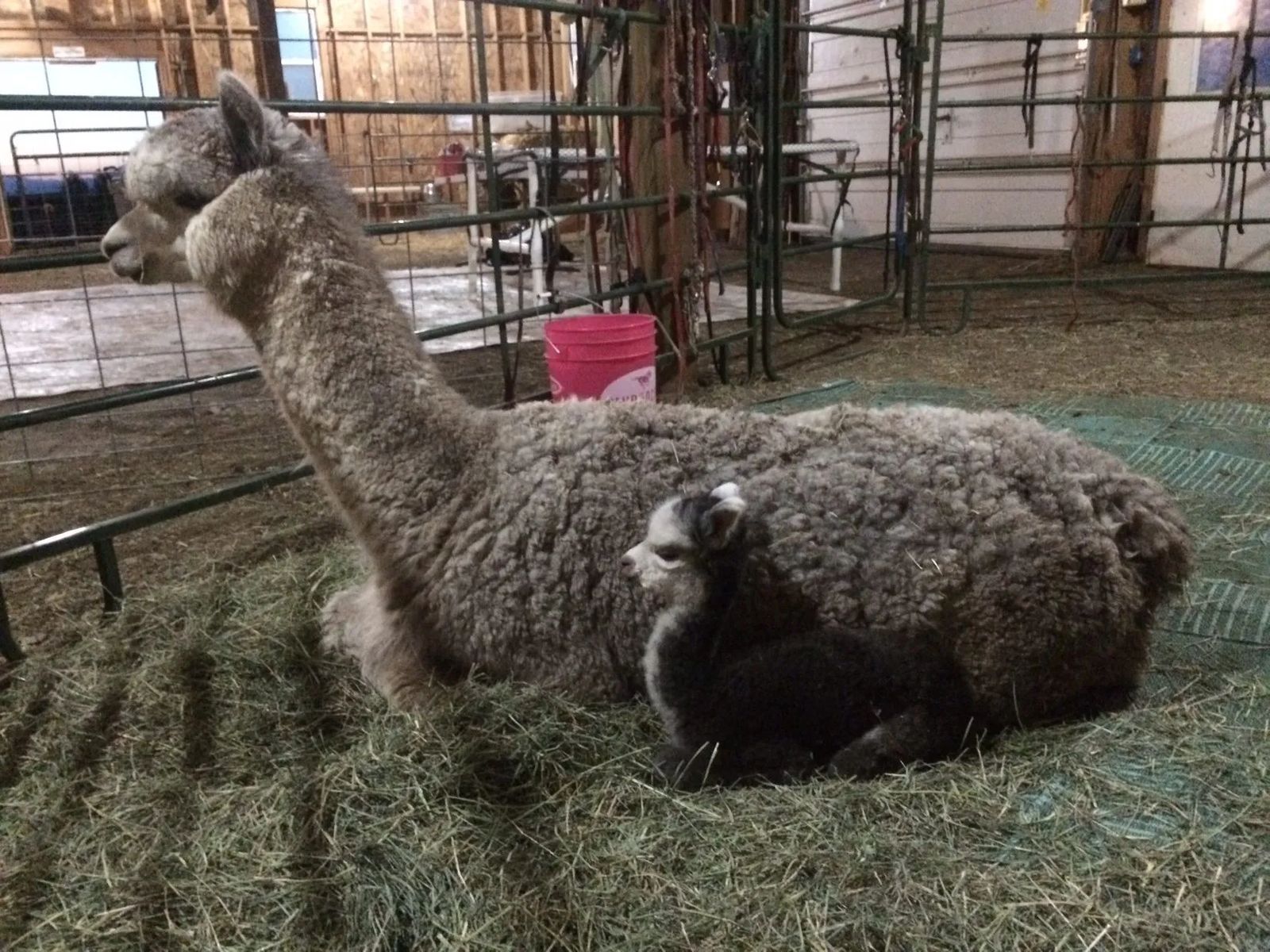
Besides creating products people need, Sarah appreciates the variety of the seasons on their ranch. After the busyness of the holiday season, they have a moment to breathe, although they are always focused on design creation and expanding their operation in different directions.
Shearing the 150 animals takes place in May or the beginning of June. They have Biosecure Shearing handle the task starting early in the morning. “We have an amazing crew. It takes 6-ish minutes per alpaca. It’s coordinated chaos. But it’s kind of a big party with lots of food,” she says. She keeps 40 to 50 pounds of raw fleece to sell to the spinning community, then sends the rest to the mills they use in South Carolina.
After the shearing is done, the babies arrive. She notes that although alpacas can give birth at any time of the year, they time their 11 1/2 month gestation to have the crias, the term for baby alpacas, from June to August.
By the time the weather starts to cool in the evenings at the end of summer, they are in full on production for the Christmas season.
Besides daily interaction with adorable animals, Sarah is proud to say what they do is “born, shorn, and worn in the United States.” Fortunately, for everyone who loves their products, what started out as a seemingly unlikely path for Sarah and James, turned out to be a perfect fit.
YOU CAN FIND Alpacas of Montana online at alpacasofmontana.com or by phone at (406) 579-4055 to schedule a visit to the farm, which is located on the outskirts of Bozeman.
















